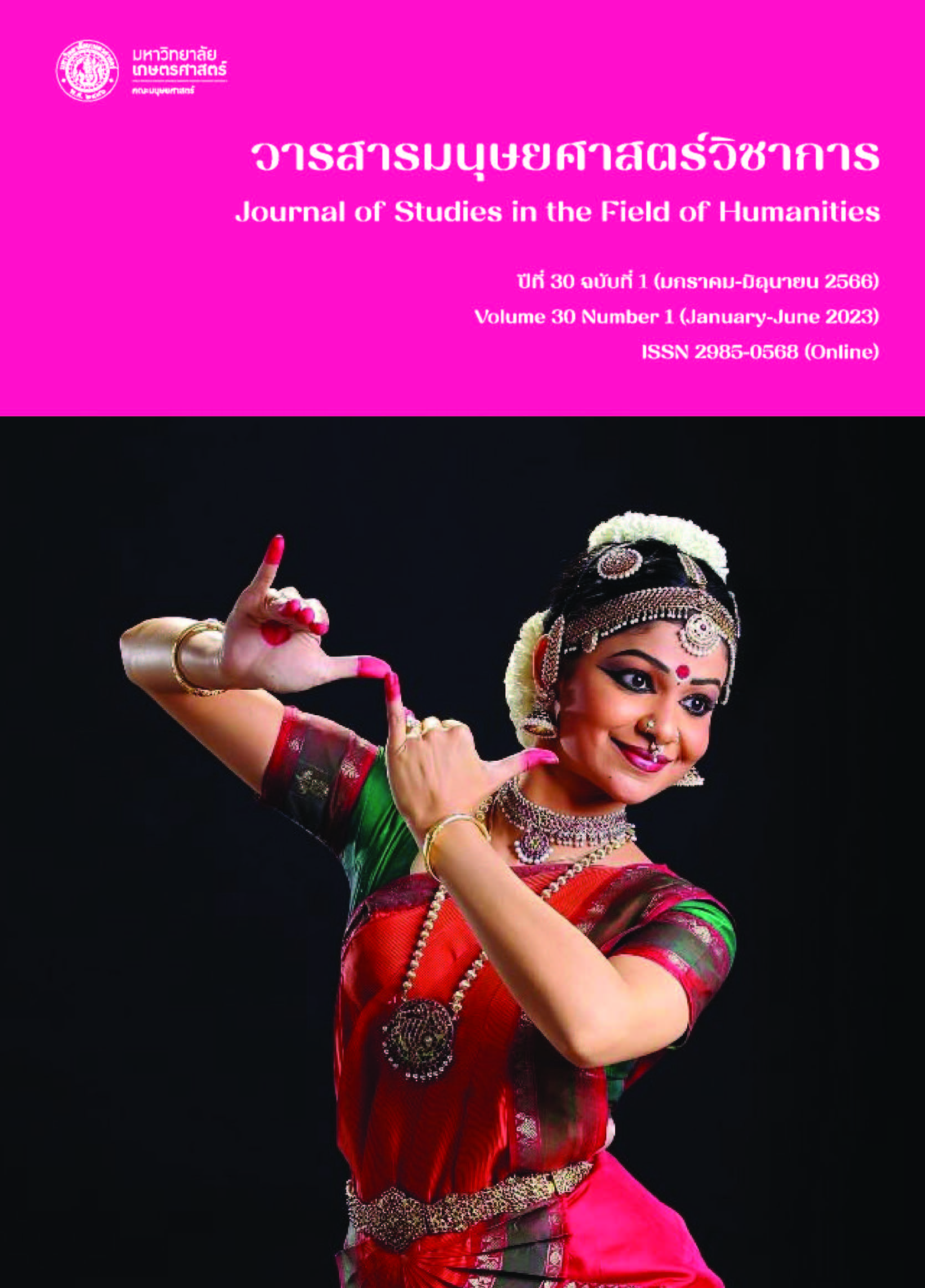Tempesta Rhetoric in the First Movement of Symphony No. 50 in D Minor by Christian Cannabich
Main Article Content
Abstract
Tempesta is the term coined by Clive McClelland (2017) to use as the substitute for Sturm und Drang. The new designation reflects the true origins of the style that grew out of tone-painting techniques in Italian operatic storm scenes from the early seventeenth century, not the influence from German literature. Later in the eighteenth century, the tempesta style exerted a strong influence on the symphony, and Mannheim court composers were among the classical symphonists who incorporated its elements in their symphonies. This research article examines tempesta rhetoric in the first movement of Symphony no. 50 in D minor by Christian Cannabich, one of the leading Mannheim composers. The analysis shows that Cannabich employs many usual tempesta devices such as tirades, off-beat accent, syncopation, driving rhythmic figures, wide melodic leaps, and sudden textural change. Another component that creates intensity and instability is asymmetrical phrase structure. Cannabich also surprises the audience with less common options in eighteenth-century sonata norm such as the lack of transition and the mediant tutti. All of these suggests that this first movement sought to engage listeners with forceful energy and demanded close emotional participation from them.
Article Details

This work is licensed under a Creative Commons Attribution-NonCommercial-NoDerivatives 4.0 International License.
References
Cannabich, C. (1997). Symphony in D minor, Op. 10 No.5 (A. Badley, Ed.) [Musical score]. Artaria Editions. (Original work published 1772).
Carse, A. (1935). Early Classical Symphonies. Proceedings of the Musical Association, 62, 39-55. Retrieved May 28, 2020, from www.jstor.org/stable/765550.
Heartz, D. (2003). Music in European Capitals: The Galant Style, 1720-1780. New York: W.W. Norton and Company.
Hepokoski, J., & Darcy, W. (2006). Elements of Sonata Theory: Norms, Types, and Deformations in the Late-Eighteenth-Century Sonata. New York: Oxford University Press.
Larsen, J. P., & Feder, G. (1982). The New Grove Haydn. New York: W.W. Norton and Company.
McClelland, C. (2017). Tempesta: Stormy Music in the Eighteenth Century. London: Lexington Books.
Pusey, M. W. (2005). Haydn’s Instrumental Music and the Fallacy of Strum und Drang: Issues of Styles in the Symphonies, String Quartets, and Keyboard Sonatas C. 1766-72 (Doctoral Dissertation). Retrieved May 28, 2020, from ProQuest Dissertations and Theses database. (ProQuest No. 3181482).
Riley, M. (2014). The Viennese Minor-Key Symphony in the Age of Haydn and Mozart. New York: Oxford University Press.
Rudolf, M. (1972). Storm and Stress in Music, Part III. Bach, 3(4), 8-16. Retrieved October 16, 2020, from http://www.jstor.org/stable/41639870.
Stauffer, G. B. (2006). The Modern Orchestra: A Creation of the Late Eighteenth Century. In J. Peyser (Ed.), The Orchestra: A Collection of 23 Essays on Its Origins and Transformations. (pp. 41-72) Wisconsin: Hal Leonard Corporation.
Taruskin, R. (2010). Music in the Seventeenth and Eighteenth Centuries. New York: Oxford University Press.
Todd, L. (1980). Joseph Haydn and the Sturm und Drang: A Revaluation. Music Review, 41, 172-96.
Webb, D. (1970). Observations on the Correspondence between Poetry and Music. New York: Garland Publishing, Inc. (Original work published 1769).
Weber, W. (1997). Did People Listen in the 18th Century? Early Music, 25(4), 678-691. Retrieved November 14, 2020, from http://www.jstor.org/stable/3128412.
Wolf, E. K. (1985). On the Origin of the Mannheim Symphonic Style. In E. Rosand (Ed.), Garland Library of the History of Western Music. (Vol. 7) (pp. 231-273) New York: Garland Publishing Inc.
Wyzewa, T. de. (1909). A propos du centenaire de la mort de Joseph Haydn. Revue des deux monde, 29, 935-946.
Zaslaw, N. (1991). Mozart's Symphonies: Context, Performance Practice, Reception. New York: Oxford University Press.


